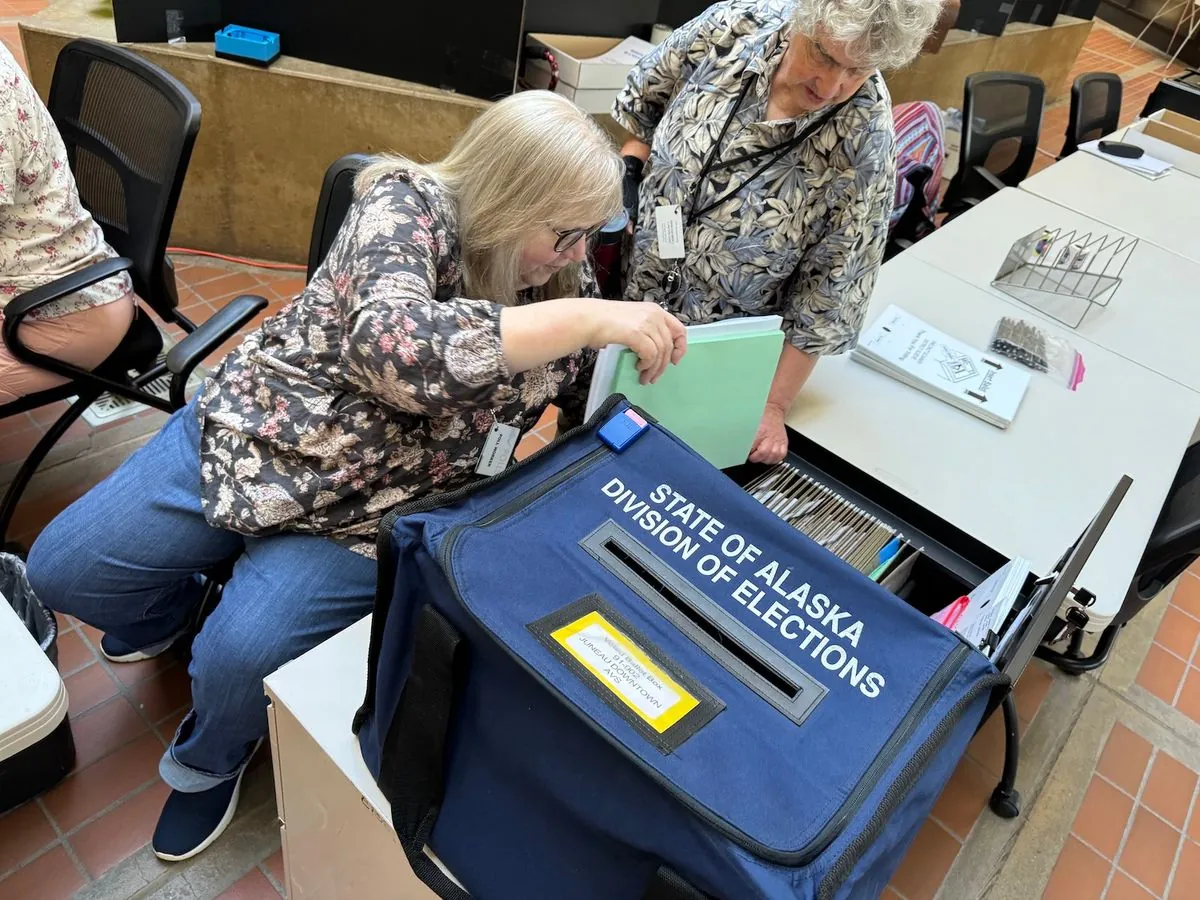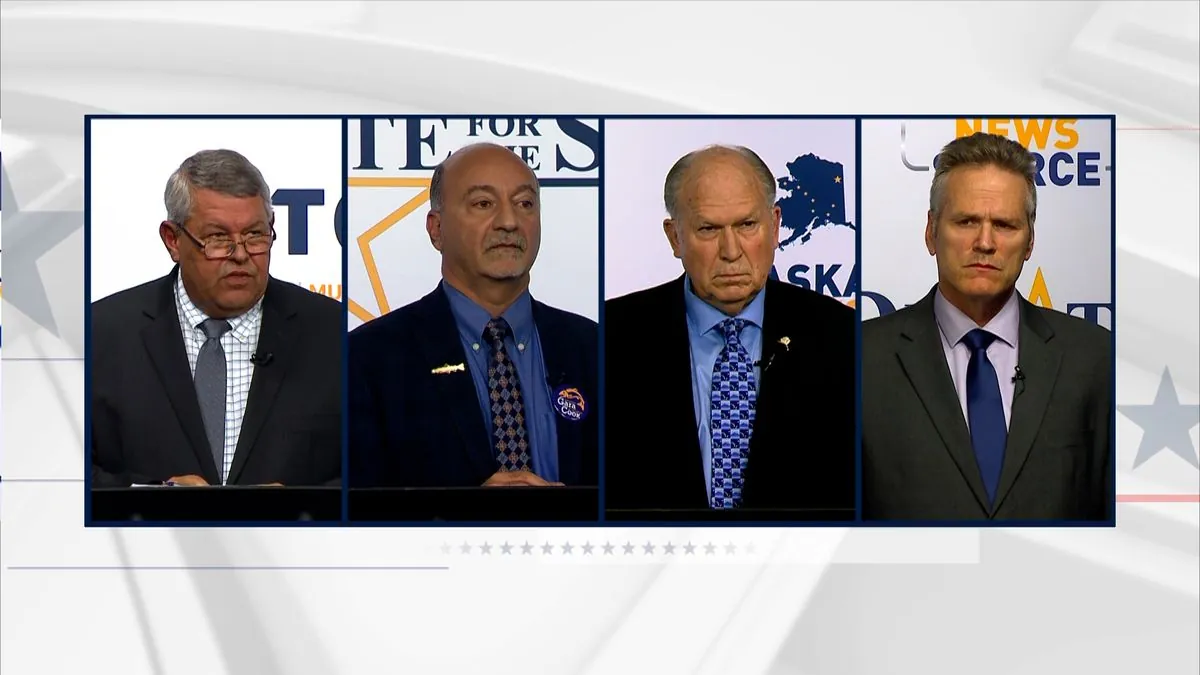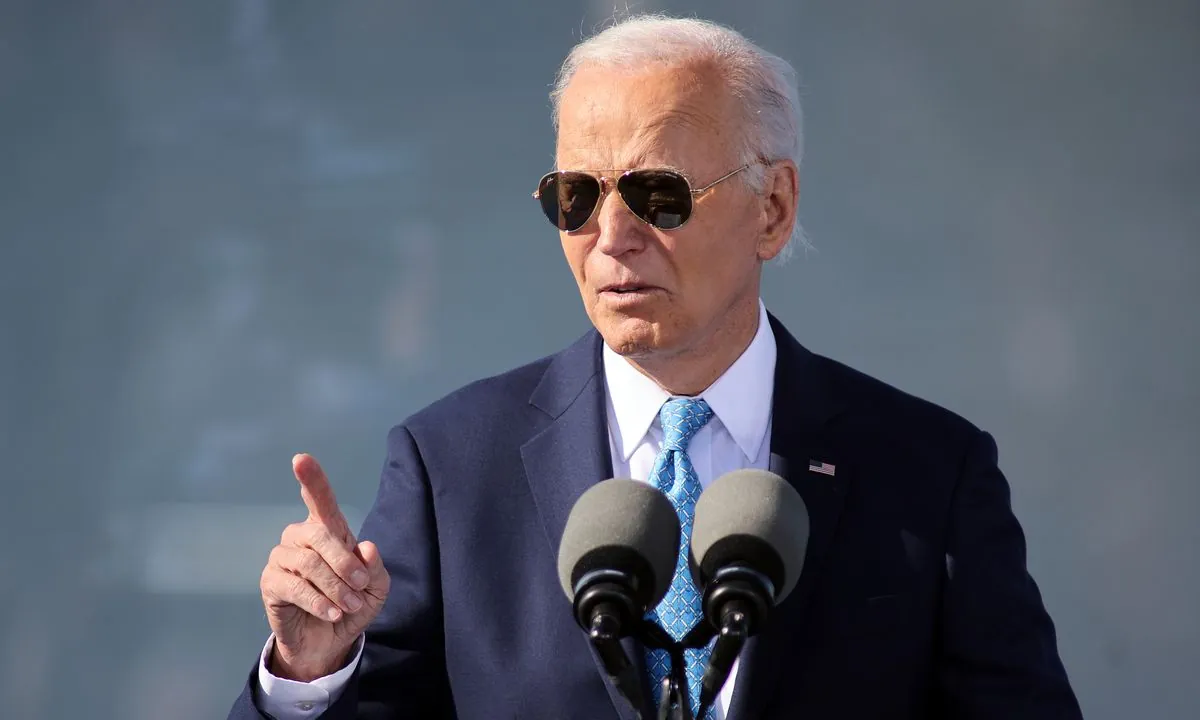Alaska's Unique Primary System Narrows U.S. House Race to Top Four
Alaska's distinctive primary election for its U.S. House seat will select four candidates from a field of twelve. The state's unique voting system and key contenders shape this crucial political contest.

Alaska, the largest state in the United States by area, is set to hold its primary election for the U.S. House seat on August 13, 2024. This election marks a significant moment in the state's political landscape, as it employs a unique "Top 4" primary system that distinguishes it from other states.
Under this system, all candidates, regardless of party affiliation, appear on the same primary ballot. The four candidates receiving the most votes will advance to the general election, scheduled for November 1, 2024. This approach aims to provide voters with a diverse range of options and potentially foster more moderate political discourse.
The race for Alaska's sole U.S. House seat has attracted considerable attention, with twelve candidates vying for the top four positions. Among the prominent contenders are Rep. Mary Peltola, a Democrat who won the seat in a special election in 2022, and Republicans Lt. Gov. Nancy Dahlstrom and Nick Begich. Begich's family name carries historical significance in Alaska politics, as his grandfather, a Democratic congressman, disappeared in a plane incident in 1972.

The competition for this seat is particularly fierce, as it had been under Republican control for decades until the passing of Rep. Don Young in 2022. This shift in the political landscape has intensified the stakes for both major parties.
"Dahlstrom has garnered support from many of the most influential members of the Republican Party, including former President Donald Trump and House Speaker Mike Johnson, R-La."
While the U.S. House race takes center stage, several state legislative contests are also drawing attention. One notable race is in a state Senate district where incumbent Republican Kelly Merrick faces a challenge from fellow Republican Jared Goecker. Both candidates have raised substantial funds, highlighting the competitiveness of the race.
Alaska's voting process includes some unique features that may affect the timing of results. While initial results will be available on election night, the full count, including absentee ballots, may take up to 10 days to complete. This methodical approach ensures accuracy but may delay the declaration of winners in close contests.
As of early July 2024, Alaska had nearly 604,000 registered voters, with a significant majority (59%) registered as independents or unaffiliated with any party. This demographic composition adds an intriguing element to the election, potentially influencing the outcome in unexpected ways.
The primary election serves as a crucial step in Alaska's political process, narrowing the field for the general election where voters will have the opportunity to rank their preferences among the top four candidates. This ranked-choice voting system, implemented in recent years, adds another layer of complexity and voter engagement to Alaska's electoral landscape.
As Alaskans prepare to cast their votes, the primary election not only determines the candidates for the U.S. House seat but also reflects the state's unique political culture. From its vast wilderness to its distinctive electoral system, Alaska continues to chart its own course in American politics.


































